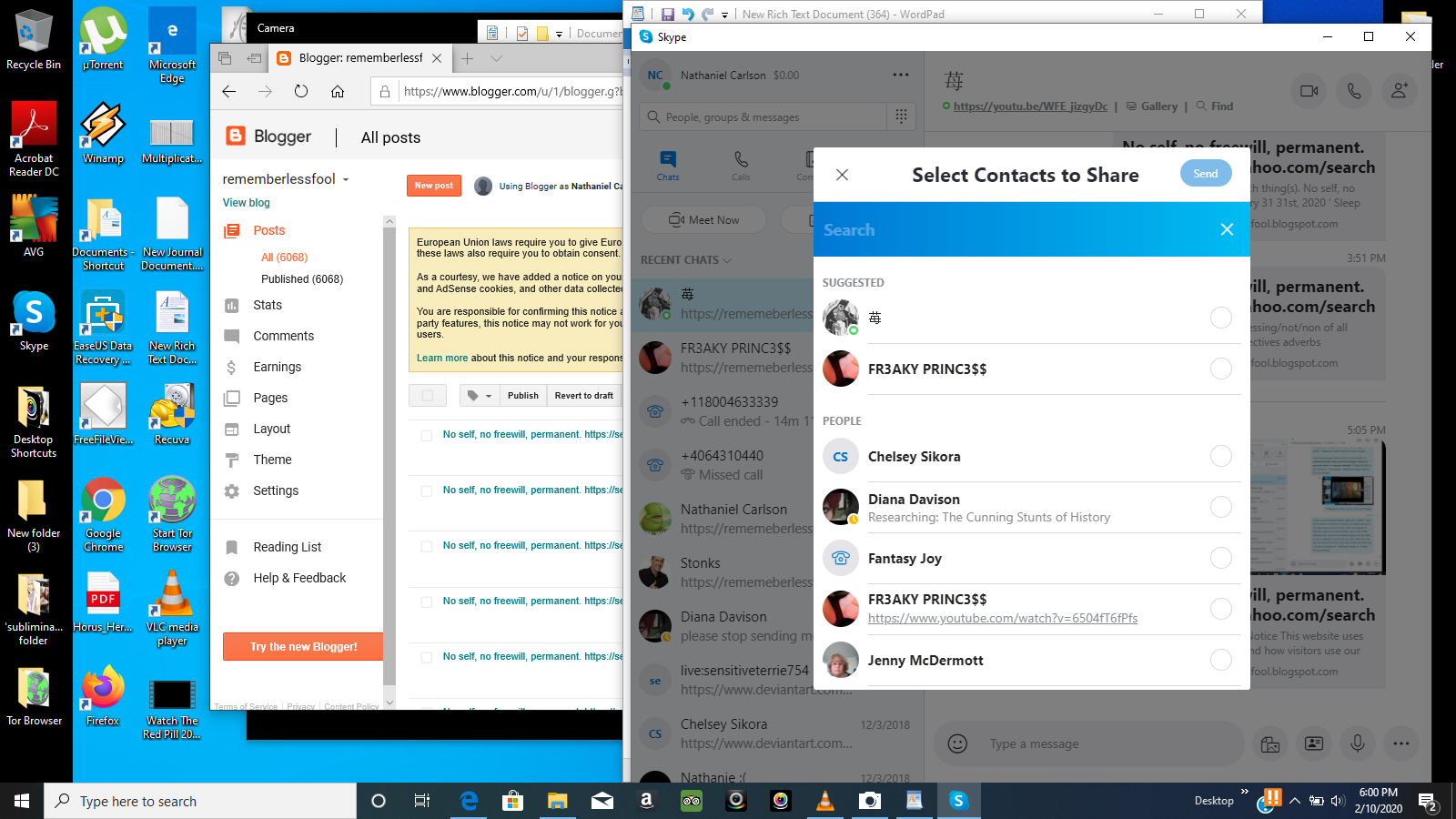Disk Utility can find and repair errors related to the formatting and directory structure of a Mac disk. Errors can lead to unexpected behavior when using your Mac, and significant errors might even prevent your Mac from starting up completely.

Before proceeding, make sure that you have a current backup of your Mac, in case you need to recover damaged files or Disk Utility finds errors that it can't repair.
Acronis Disk Director 12 is the essence of New Generation Data Protection. Control the ability to capture, store, recover, and access data anytime, anywhere. Easily create hard disk partitions or resize, move or merge partitions without risk of data loss. Recovery also becomes easier with the Acronis Recovery Tool. Acronis Backup is the most advanced backup solution for local and remote Mac users. With enhanced backup validation and blockchain-based authentication of your backups with Acronis Notary, Acronis Backup is the most reliable backup solution for your Macs on the market today.
Disk Director Mac
Can I clone my disk with Acronis True Image for Mac? How to change serial number or check for build number? How can I trial the product? Are the produced backups compatible with Windows version of Acronis True Image? Do I have to suspend or power off my Parallels Desktop 14 virtual machines before taking a backup? Acronis Disk Director 11 Home is an all-new version of the easiest-to-use and most feature-rich disk management product available. If you are serious about maximizing disk use and performance, it.
Open Disk Utility
Start up from macOS Recovery, then select Disk Utility from the Utilities window. Click Continue.
If you're not repairing the disk your Mac started up from, you don't need to start up from macOS Recovery: just open Disk Utility from the Utilities folder of your Applications folder.
Locate your disk in Disk Utility
Choose View > Show All Devices (if available) from the menu bar or toolbar in Disk Utility.
The sidebar in Disk Utility should now show each available disk or other storage device, beginning with your startup disk. And beneath each disk you should see any containers and volumes on that disk. Don't see your disk?
In this example, the startup disk (APPLE HDD) has one container and two volumes (Macintosh HD, Macintosh HD - Data). Your disk might not have a container, and it might have a different number of volumes.

Repair volumes, then containers, then disks
For each disk that you're repairing, start by selecting the last volume on that disk, then click the First Aid button or tab.


In this example, the last volume on the disk is Macintosh HD - Data.
Click Run to begin checking the selected volume for errors.
- If there is no Run button, click the Repair Disk button instead.
- If the button is dimmed and you can't click it, skip this step for the item you selected, and continue to the next item.
- If you're asked for a password to unlock the disk, enter your administrator password.
After Disk Utility is done checking the volume, select the next item above it in the sidebar, then run First Aid again. Keep moving up the list, running First Aid for each volume on the disk, then each container on the disk, then finally the disk itself.
In this example, the repair order is Macintosh HD - Data, then Macintosh HD, then Container disk2, then APPLE HDD.
If Disk Utility found errors that it can't repair
If Disk Utility found errors that it could not repair, use Disk Utility to erase (format) your disk.
If your disk doesn't appear in Disk Utility
Mac Disk Drive

Disk Director Free
If Disk Utility can't see your disk, it also can't see any containers or volumes on that disk. In that case, follow these steps:
Free Mac Disk Utility
- Shut down your Mac, then unplug all nonessential devices from your Mac.
- If you're repairing an external drive, make sure that it's connected directly to your Mac using a cable that you know is good. Then turn the drive off and back on.
- If your disk still doesn't appear in Disk Utility, your disk or Mac might need service. If you need help, please contact Apple Support.